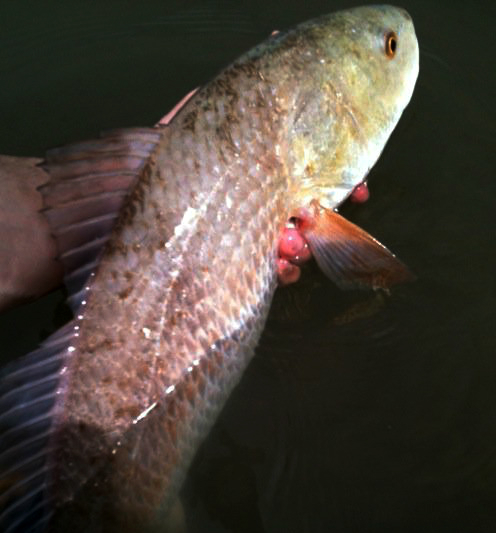For Stratford and Gruver, it’s pheasants.
Around Kerrville and Llano, white-tailed deer.
And down in Rockport, redfish and waterfowl.
The economic impact that wildlife has on the state of Texas is massive and far-reaching, and the most recent survey from the U.S. Fish and Wildlife Service shows just how much critters mean to the pocketbooks of local communities that bank on hunter and angler dollars each year to stimulate their business and breathe life into their hamlets.
The National Survey of Fishing, Hunting, and Wildlife-Associated Recreation has been conducted since 1955 and provides the most accurate snapshot of outdoor participation at the state and national level. The 2011 results highlight a number of interesting figures and trends, most notably that if the outdoors industry was a country, its economy would be chugging along nicely.
At the state level Texas continued to be among the leaders in the nation for overall outdoor participation and spending. When it comes to fishing, 2.25 million resident and non-resident anglers spent $1.54 billion on related expenditures, including 68 percent of that on trip-related expenses, including food, lodging and transportation in 2011.
Hunting figures showed that 1.15 million resident and non-resident hunters spent $1.84 billion on related expenditures, including 46 percent of that on trip expenses. In all, residents and non-residents spent $6.2 billion on wildlife recreation activities in 2011 in Texas, nearly half of that coming on equipment purchases.
All that money has a huge impact on mom and pop stores and other small-town locales that certainly look forward to fall hunting seasons each year, especially in regards to dove hunting and the impressive animal that deer hunting has become in the Lone Star State. Dove hunting generates roughly $300 million for the state economy, according to the Texas Parks and Wildlife Department, while deer breeding activities alone represent a $600 million industry.
Across the country in 2011, an estimated 33.1 million people took part in fishing activities while 13.7 million spent time hunting. Those anglers spent $41.8 billion during their excursions while hunters shelled out $33.7 billion. Including all wildlife-related recreation activities, the overall expenditure figure nationwide was $144.7 billion, equating to 1 percent of the gross domestic product.
Those who responded to the survey were 16 or older, but using historical data, the report shows that there were more than a half-million resident anglers ages 6-15 who participated in outdoor activities, and 147,000 who took part in hunting pursuits in 2011 in Texas.
If there was a downside to the survey it is that the overall number of hunters in Texas was down 5 percent from the 2001 survey, while the angler numbers fell 4 percent.
It’s still a great time to be a hunter, angler, birdwatcher or any other number of titles, and while a lot of those dollars are going into the pockets of a lot of good folks who need them, there also is a great deal of funding going back into conservation efforts.
National Hunting and Fishing Day was Saturday, and the annual event helps to spotlight not only the impact that outdoor pursuits have on state and local economies, but also on traditions that have been passed down from generation to generation and the ways to help continue passing them on. You certainly can do your part this fall by simply enjoying all that Texas has to offer the outdoorsman and woman, and don’t forget about youth-only hunting frameworks on Oct. 19-20 and Oct. 26-27.
The best gift you can give is the treasure that comes with a lifetime spent outdoors.


















